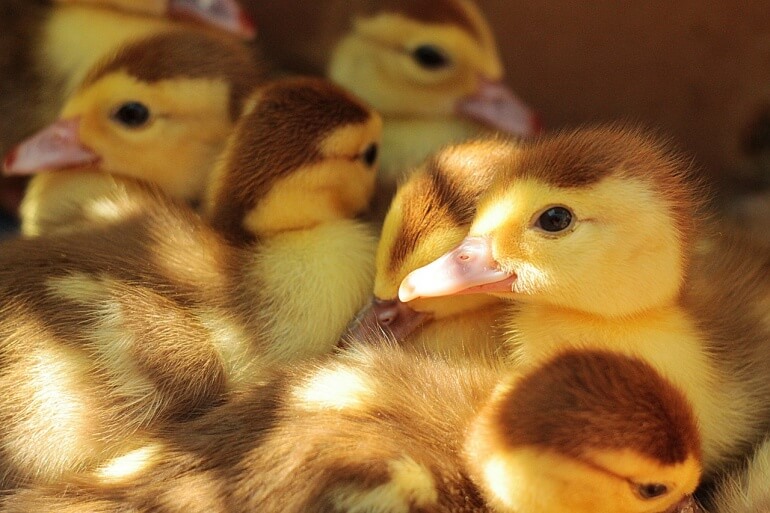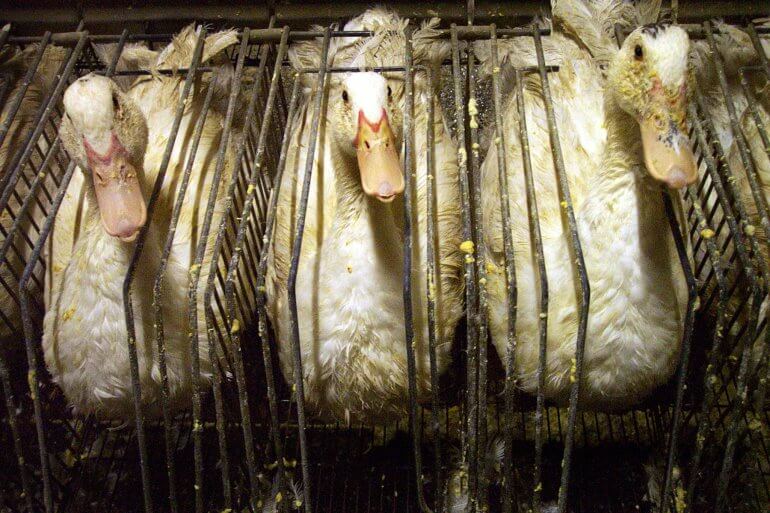Metal Pipes Shoved Down Their Throats
To produce foie gras, workers grab ducks and geese by the neck, shove metal pipes down their throats, and pump massive amounts of grain and fat into their stomachs several times a day in a barbaric process known as “gavage”.
Imagine being forced to eat 20 kilograms of pasta each day. That’s the human equivalent of the nearly 2 kilograms of food that the birds can be made to swallow every single day.
PETA exposés have revealed that the feeding pipes leave some birds so badly injured that they have holes in their necks.
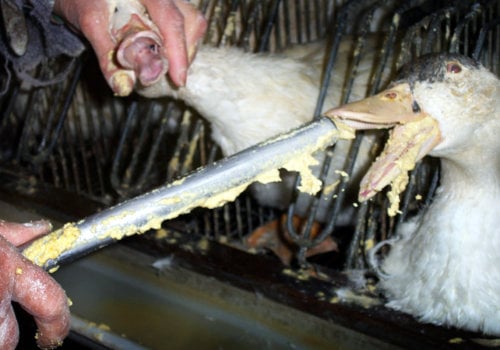 © StopGavage.com
© StopGavage.com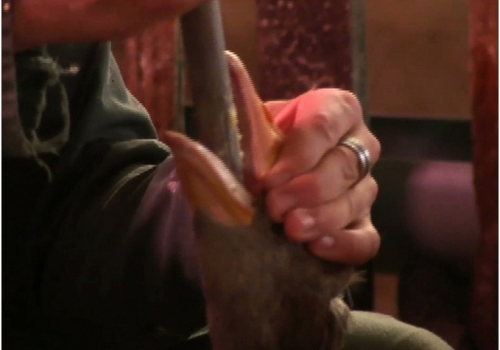
Tortured Before Slaughter
The torture continues as the animals’ livers swell to up to 10 times their normal size, pressing against other organs, including the lungs, which causes them to pant constantly. The birds are often left to languish inside tiny cages or pens, coated in dirt or vomit and covered with sores.
Once their livers have swollen to the desired size, workers hang them upside down, slit their throats, and leave them to bleed to death.
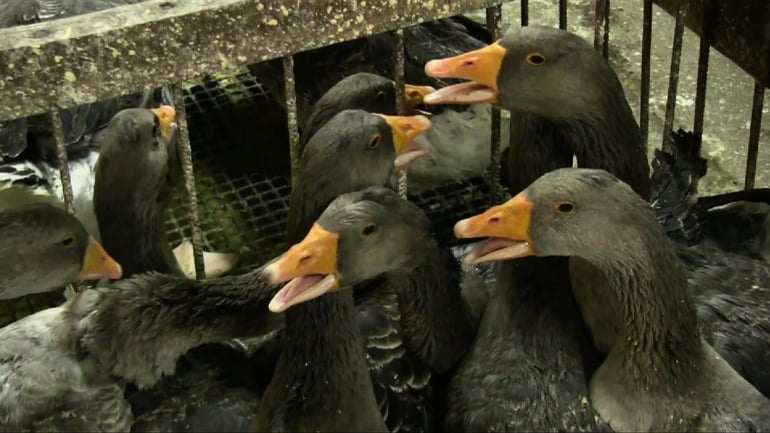
Live and Conscious Female Ducklings Tossed Into Grinders
Foie gras is made only from the livers of male ducks, so female ducklings are considered useless by the industry. These unwanted birds may be tossed into grinders – while they’re still alive – so that their bodies can be minced for use as fertiliser or cat food.
Foie Gras Production Can Never Be Ethical
Veterinarians agree that there’s no humane way to produce foie gras. Investigations of various foie gras farms have all revealed the same thing: sick, dying, and dead birds. Many animals have difficulty standing because their engorged livers distend their abdomens, and they may tear out their own feathers and attack each other out of stress.
Awareness of the cruelty of foie gras is growing, and an increasing number of chefs and retailers now refuse to sell it.
Vegan Alternatives Are Readily Available
Notable chefs have created decadent faux gras recipes using 100 per cent vegan ingredients, including mushrooms and walnuts. You’ll find one such recipe from Alexis Gauthier of Gauthier Soho here, and other easy, delicious options include this one and this one.
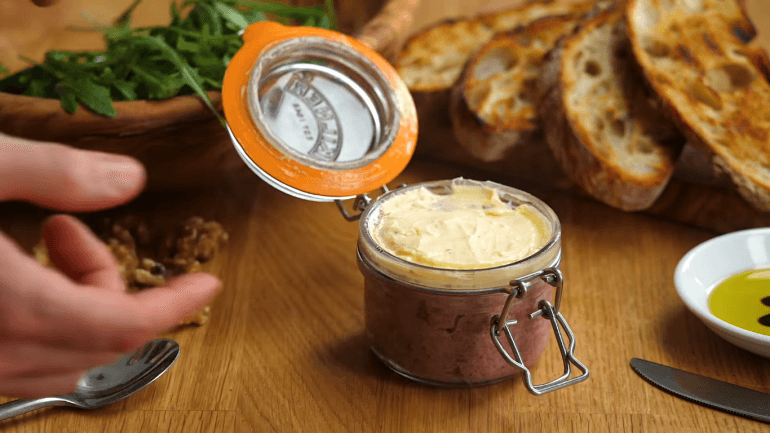
How to Speak Out Against Foie Gras
A letter from a member of the public can be very effective in urging restaurants and other establishments to act. If you see foie gras on a menu or sitting on a store’s shelves, write to the management and politely ask it to remove the vile pâté. Here’s a sample letter that you can use when contacting companies.
What to Do if You See Foie Gras on the Menu